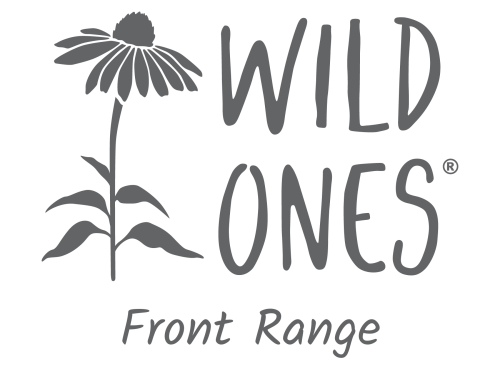Compiled by Deb Lebow Aal
Recently, I asked a few of our more active members what they wish they had done differently when starting out with their Colorado native plant gardens. And, I got an earful! Here’s hoping that this will help you out along your journey to Coloradoscaping your yard.
Mary said what I think we would all say: “wish I hadn’t waited so long to get started. And I wish I had dreamed bigger.” Dream big, guys!
Vicki said: “I wish I had planted in clusters. No, not chocolate clusters! In the beginning… I was planting single native plants throughout my garden patch, only to discover how lonely many of them looked by themselves. Granted, some do well as a standalone – like Penstemon, Gaillardia, Liatris or even Yucca. But there are others that really show well when planted in small groups or clusters. Here are some that I like to plant in clusters: Linum lewisii, Echinacea purpurea, Monarda fistulosa, Helianthus annuus or Achillea millefolium.
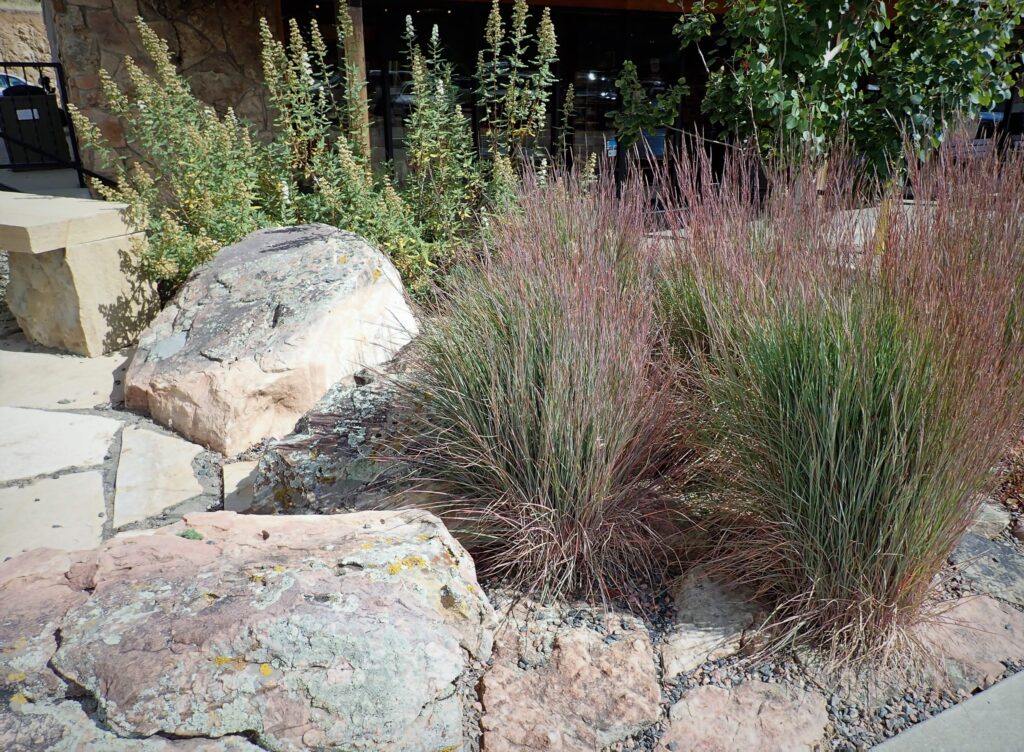
Granted, “Beauty is in the eye of the beholder!” So, when you shop at your next native plant swap, think about what would look good on its own versus planting in a cluster. Do you get one or three? These days, I am less likely to plant singles, like I did in the beginning, but rather indulge in clusters!
Jen had a lot she would do differently!
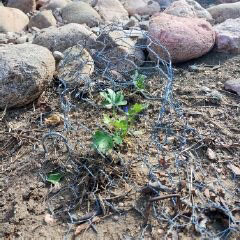
- I wish I hadn’t taken on too many areas of the landscape at once. We live on a one-third acre corner lot, and once we smothered the front lawn, I began putting in native plants all over the property. Trying to ensure the success of plants across each garden bed became a game of Whack-A-Mole! I would have had better success tackling areas of my landscape in phases.
- I wish I had designed in drifts/groupings. I started with too many single species plantings. As a result, my garden ended up looking disjointed. I am now going back to put in larger drifts of plants, such as Artemisia frigida, to give the landscape a more cohesive feel.
- I wish I had known to protect new seedlings from animal browsing. In my first year of planting, I discovered rabbits eat many species and other animals enjoy pulling new seedlings out and tossing them on the ground. How frustrating to see seedings “uninstalled” everywhere, with most drying out and dying before I discovered them. I have since learned to plant seedlings with a Dollar Tree wire wastebasket secured on top for protection. Buying a case of them was a worthy investment.
Sue said she would:

- Plant closer together;
- Sow annuals in the spaces between my plants so that something was growing there while perennials were in their early stages;
- Add more crushed rock into the soil for better drainage; and
- Remove the plants I didn’t like sooner.
Kristine said:
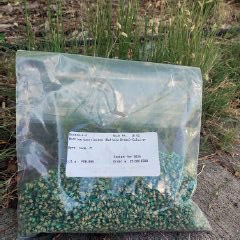
- I wish I had read the fine print on the grass seed mix I used. The mix had smooth brome in it, and I am constantly picking it out. I recommend going with one species of grass at a time, not a mix;
- Solarization with plastic is not a great idea. You can wind up with the plastic breaking down in your garden; and
- I wish I had focused on shrubs and trees first, as they take time to get established. Although I mostly planted natives/regional natives, I do regret planting a few non-native trees and shrubs when we first moved in. And note – buying the younger/smaller trees are better – they are cheaper and do better in the long run than planting a larger shrub or tree.
And, finally, me: Deb:
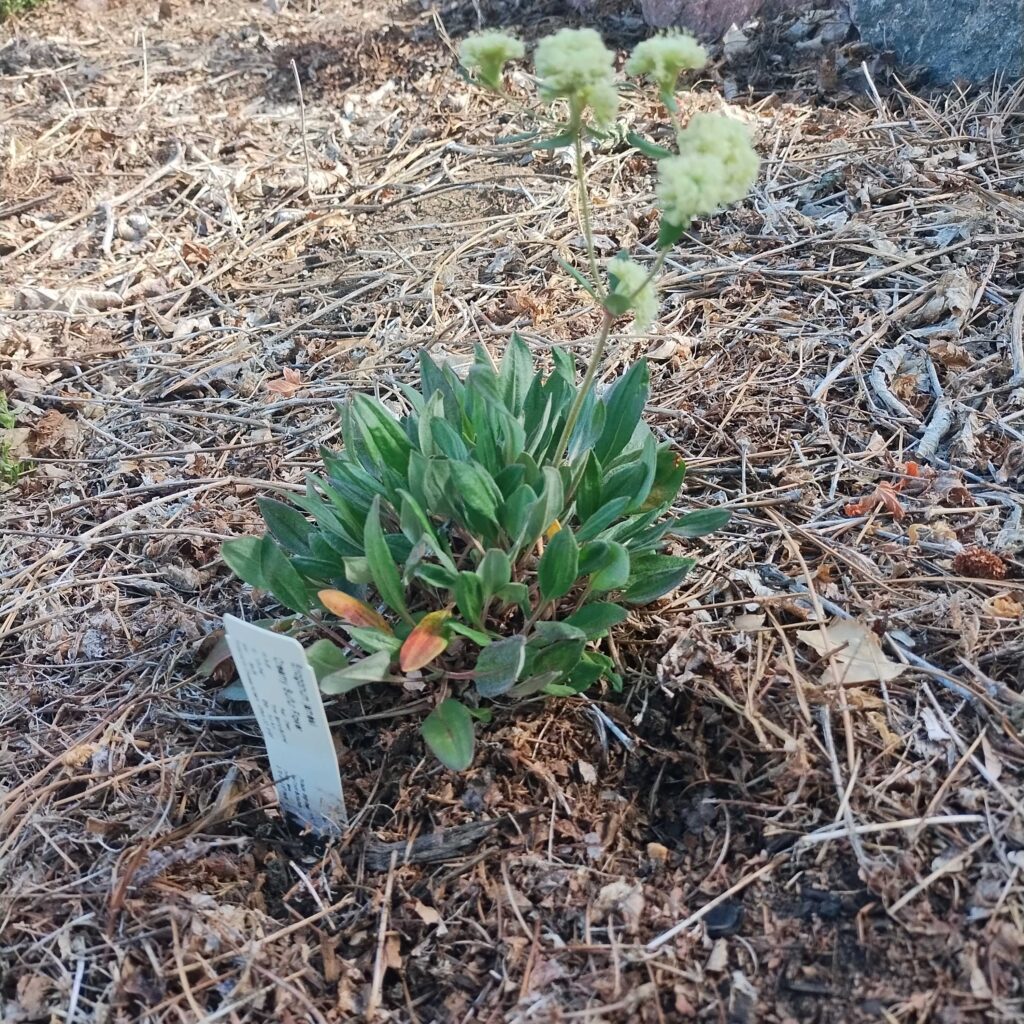
- I wish I had planted the water first – created swales and hillocks to direct water, instead of trying to do that after my plants were established.
- I wish I had labeled my plants better. Invariably, someone will ask me the name of a plant and it is the one that I can’t remember in that moment; and
- I wish I had made a distinct area for smaller “specimen” plants that get lost in the bigger picture; an area where I can observe these individual plants. Yes, this is something I can still do!
I hope this helps many of you avoid the mistakes we made! We want everyone to be successful and delight in their beautiful Colorado native gardens. Good luck!
